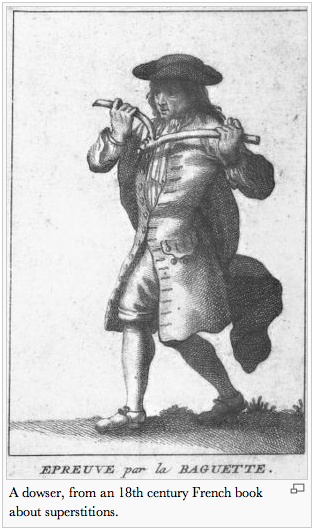Sometimes I get tired of seeing Amazon and Apple at or near the top of various brand rankings. It just seems like a cliche. So I received a much-needed jolt of reality this morning on my morning commute.
I was reading Groundswell on my Kindle. As the train reached 125th St., I noticed my seatmate looking at me. That usually means that the person needs to move past and exit the train, so I asked him if he was getting off. He said that he was actually looking at my Kindle and that it reminded him of his wife’s recent experience with her Kindle. Apparently, she was reading while exercising, and dropped it. Although the device didn’t shatter, the side controls were loosened, and her Kindle was unusable.
Hoping that it might be repairable, she called Amazon customer service. To her amazement, the Customer Service rep said not to worry–just mail the broken Kindle to them, and they would replace it. Two days later, her replacement arrived, with all of the books in her original Kindle intact. My seatmate and I agreed that Amazon was quite generous in their terms.
(In fact, I was curious enough to check out the Kindle warranty on the Amazon site. It is quite open to interpretation, and customer service would be within their rights to claim that dropping it on a treadmill or elliptical machine wasn’t covered in the warranty.)
Continuing on the subject of great customer service, the same gentleman began talking about a similar experience with the Apple Powerbook that he purchased for his college bound daughter. The laptop arrived the week before she was to head off to school in California. When she turned it on, it was clear that something was very wrong with the hard drive. It was now Friday afternoon, and she was due to leave in five days. Her father called Apple customer service in a bit of a panic.
Again, the customer service rep was totally reassuring. The rep informed the father that someone from DHL would arrive at their home by 6:00 p.m. with a box that would fit the laptop, that he ship it back to Apple, and that a replacement would arrive by the following Tuesday. The father emphasized to the rep that his daughter was leaving for school on Wednesday morning, so there was no margin of error.
Sure enough, the laptop arrived on Tuesday as promised. He said that this experience alone persuaded him that a Mac was worth the large price differential over a comparable Dell or HP.
By now, we had arrived at Grand Central Terminal. As I walked to work, it occurred to me that my seatmate is a genuine advocate for both Apple and Amazon. Customers like this is what all companies yearn for. What made both of these examples so great was that it had nothing to do with “features and benefits”. What drove his loyalty to these two technical devices was the interaction with human beings in customer service.
All the brand strategy, advertising, brochures, cool websites in the world cannot improve on the personal interaction with a brand. It is clear that in a purposeful way, both Apple and Amazon create engaged employees. Engaged employees are infectious in the best possible way–they pass along their infection to customers.
My hat is off to both of them.


